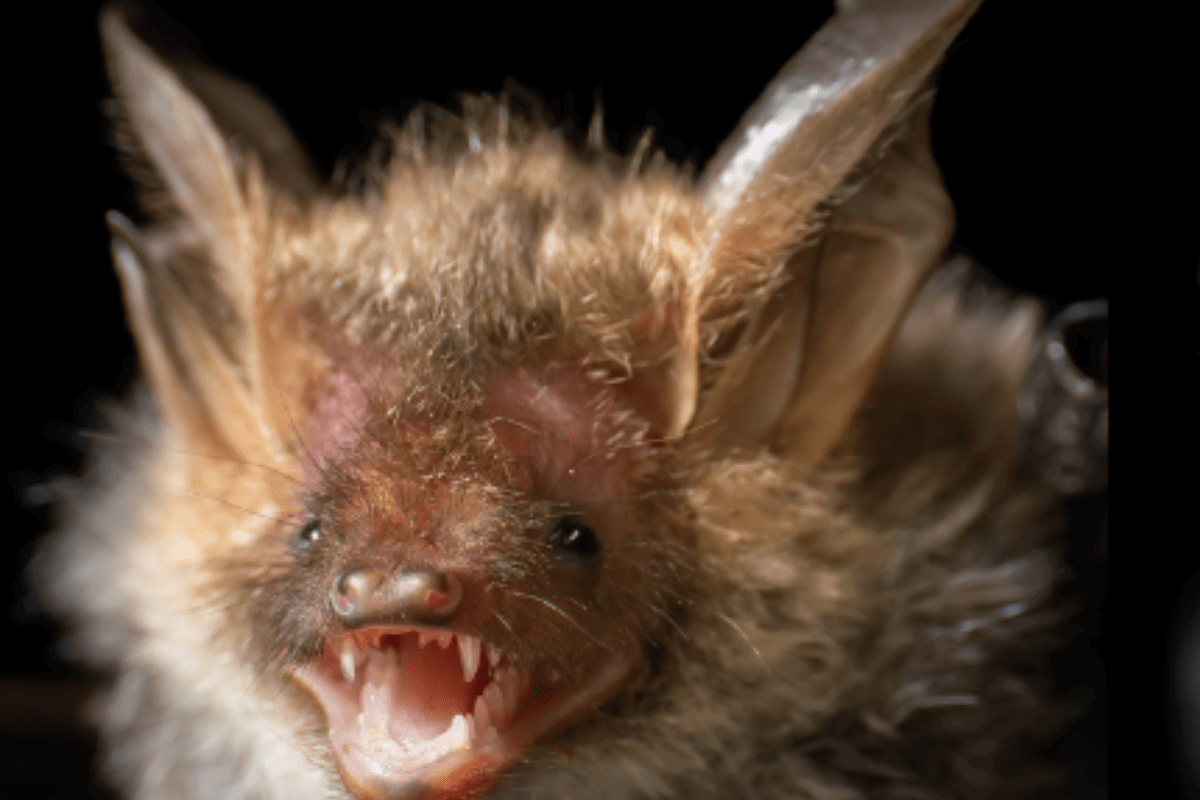A bat-tastic discovery
24 October 2024

Bats are traditionally linked to Halloween and at Longleat, fourteen different species of the flying mammal have been identified including several of the rarest in the UK.
Across the world, bats are heavily persecuted due to fictional associations with evil, yet they play an important part in ecosystems, for example in pollination and seed dispersal says conservation and research manager Dr Tom Lewis.
“Bechstein’s bat, which we believe is breeding on the estate, has become one of our rarest bats, largely due to the widespread destruction of ancient woodlands that once blanketed the country. Therefore, it's especially exciting to have discovered them here,” he says.
“Bechstein’s bat relies upon well-connected wooded landscapes – the mixture of woodlands and parkland trees for roosting with a matrix of pastures, wood pasture, hedgerows and river corridors for foraging.
“Incredibly, in total we have three species which are rare in the UK, with relatively small populations and a restricted range – these are Bechstein’s bat, Greater horseshoe and Lesser horseshoe.
“Another four species were also found on the Estate which are listed on the conservation red list for British mammals, listed because of declines in populations and contractions in range – these are Barbastelle bat, Serotine, Leisler’s bat and Nathusius’ pipistrelle bat.
“The remaining species recorded were common and widespread in southern England and Wiltshire. Together, this diversity of species highlights the importance of Longleat Estate and its habitats for bat”.
“Bats are part of the wider ecosystem eating a variety of invertebrates, ranging from moths to beetles, flies, mosquitoes and spiders. This also means that bat populations suffer when insect numbers decline, like we’re seeing at the moment.”
“We carried out a two-year project, which included the use of acoustic detectors and catching surveys to find out which species called Longleat home and were astounded to find fourteen, including lots of evidence of breeding and even a few maternity roosts.
The bat surveys are among the estate-wide surveys undertaken to study the native species using the estate. They are not the first rare native creature to be discovered breeding at Longleat. Beaver kits were caught on camera earlier this year, and last month, a rare pine marten was also captured.
Dr Tom added: “To have so many native species living and breeding in Longleat is fantastic because it just shows how good the habitat here is for these species. The low-intensity management of the woodlands and the parkland means we have plenty of food. There is not much disturbance and lots of room to find a home. “The Barbastelle bat is very rare with very few breeding sites currently known in the UK. They are only found in southern and central England and Wales preferring landscapes with deciduous woodland, wet meadows and water bodies.
“We plan to continue the study so we can continue to build the picture of what we have on the estate and how we might encourage more species.
“Bats would rather stay well away from humans. If you get one in your house, it doesn’t want to be there as much as you might not want to see it. All you need to do is open the windows, turn the lights off and leave the room. The bat will find its way out.”
“Each species has interesting characteristics. We should be celebrating these incredible, tiny animals, not fearing them.”
Studies were carried out by licensed ecologists from Gareth Harris Ecology & Conservation with involvement from members of Wiltshire Bat Group and thanks to funding support from Farming in a Protected Landscape, administered by Cranborne Chase National Landscape.
The other species found were:
- Greater Horseshoe
- Lesser Horseshoe
- Daubenton’s
- Natterer’s
- Brown long-eared
- Common Pipistrelle
- Soprano Pipistrelle
- Whiskered
- Noctule.
Photo credit: Sierra Larsen - Images taken under terms of relevant Natural England licence